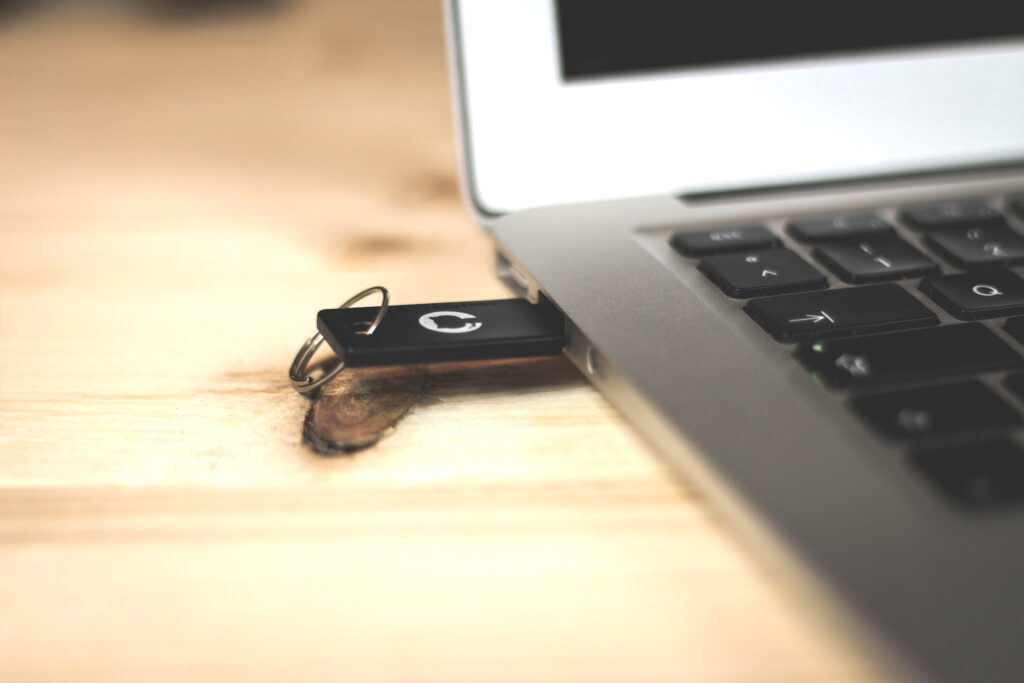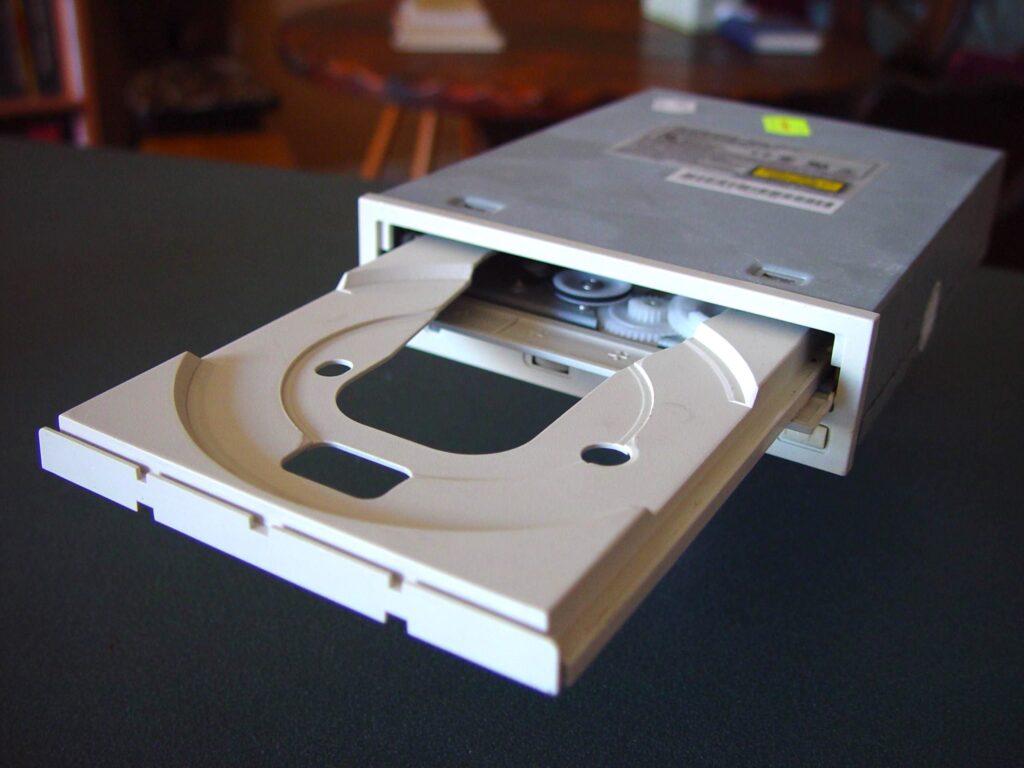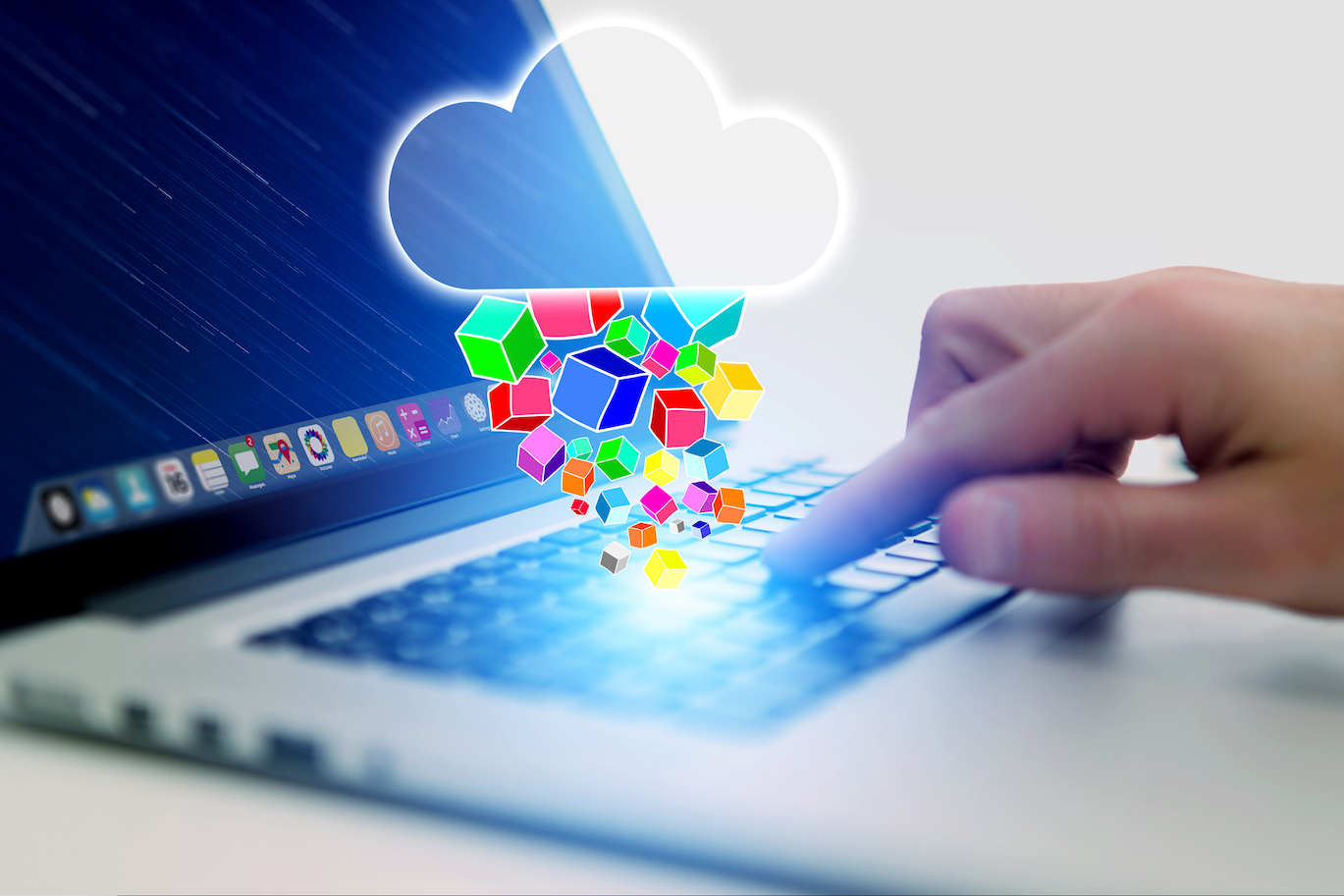Why Don’t Computers Have Disk Drives Anymore? (And What Do You Do If You Need One?)
If you’ve bought a laptop or desktop computer in the past 10 years, you’ve probably noticed that most new models don’t include optical drives, the slots that allow you to play CDs, anymore. With the push to digitize your music, photo albums, and home movies, it can feel frustrating when current tech moves on and leaves your CDs inaccessible. So, why did this happen? Why don’t computers have disk drives anymore?
The Disk Gets Left Behind
Modern laptops and desktops are pushing to be smaller and sleeker, with many companies advertising their computers as “ultra thin” or “easily portable.” An optical disk drive would significantly bulk up the computer, as it would need space to fit the standard 12 cm diameter compact disc (CD).
The Macbook Air laptop, for example, has only a 13.3 inch diagonal size and is less than an inch thick. Microsoft’s Surface 13.5- and 15-inch laptops are also super thin, measuring just over half an inch thick and weighing less than 4 pounds.
While the Air and Surface are extreme examples, computer manufacturers have been trimming the fat off their systems to save as much space as possible. Maintaining safe CPU temperature is a serious concern in laptops to avoid overheating. With the restrictive space to fit all the parts of a computer, having good airflow is important for cooling off a computer’s internals. With the optical drive taking up so much space, it can get in the way or even serve as a potential input for dust and debris that heats up computers.
What Replaced CDs?
USB sticks and cloud storage have also entirely eclipsed CD drives in how much data they can store. The most common CD can store 650 to 700 MB of data, which translates to about 80 minutes of audio. Digital video discs (DVDs) can store slightly more, at around 4.7 GB. Blu-ray discs were eventually introduced as the highest quality compact disc available, as they can store up to 25 GB of data. This would allow them to store multiple hours of high-resolution video and audio.

Compare this to the USB thumb drive, which can store as much as a terabyte of data. For comparison, a terabyte can store about 500 hours of HD video, or 250,000 photos. Most importantly, the USB drive requires a much smaller external port that all but the smallest laptops can easily fit. While a 1 TB USB drive is significantly more expensive than a CD, smaller USB sticks exist that can store far more than a stack of CDs at only $10 to $20.

Additionally, cloud storage is an option growing in popularity that doesn’t require any sort of external port or interface. Instead, you upload your photos online and access them from anywhere, as they’re stored by the company whose cloud you’re using. If you want to learn more, check out our article that explains how the cloud works. For now, know that Amazon allows you to save up to 5 GB of photos and videos as a Prime member. Google Drive allows up to 15 GB of storage entirely free. If you need more, Google offers inexpensive options that will get you larger amounts of data storage for a monthly fee (Google One starts at $1.99 a month for 100 GB).
Cloud storage is popular because it allows you to share your photos and videos far easier than with a CD. You can send your friends and family a link to where your data is stored, and they can download it themselves, allowing them to view the photos from your latest family vacation from their computer.
The cloud and USB sticks are great, but the question remains… how do you get your stuff from your CDs to these new storage options?
Convert CD Data to Digital
Despite the move from optical CD drives to USB and cloud storage, many people are finding that having a CD drive handy is still a preferable option to transferring everything over. Luckily, many companies offer external CD drives that connect to your computer through a USB 3.0 slot. Amazon offers one such drive for only $20. These CD drives behave exactly the same as the ones built into your computer and can be used for burning music or playing old movies.
An external CD drive can also be used to move data off the CD and onto a USB or cloud storage. However, if you find that data transfer is a bit too complex for you, many tech stores like Best Buy offer data backup and transfer services. These services will upload all the information on your old CDs to a USB or cloud storage for easier access.
Tech is always progressing, and it can feel a bit annoying to move all of your information when it feels like it was just yesterday everyone told you to burn your photos onto a disc. However, it’s important to remember that many of the new options for data storage are also more convenient and have better features for sharing and accessing information. If you’re having trouble keeping track of all of your old CDs or just bought a new computer that doesn’t have an optical disk drive, it may be time to make the switch.










 Share On Twitter
Share On Twitter